Table of Contents
Let's be honest, getting those legs and glutes strong and looking good can feel like a grind. You might be tired of the same old squats or unsure where to start with weights. Maybe you've seen kettlebells around the gym and wondered if they're just for those super-fit folks doing fancy swings.
Why Use Kettlebells for Legs and Glutes?
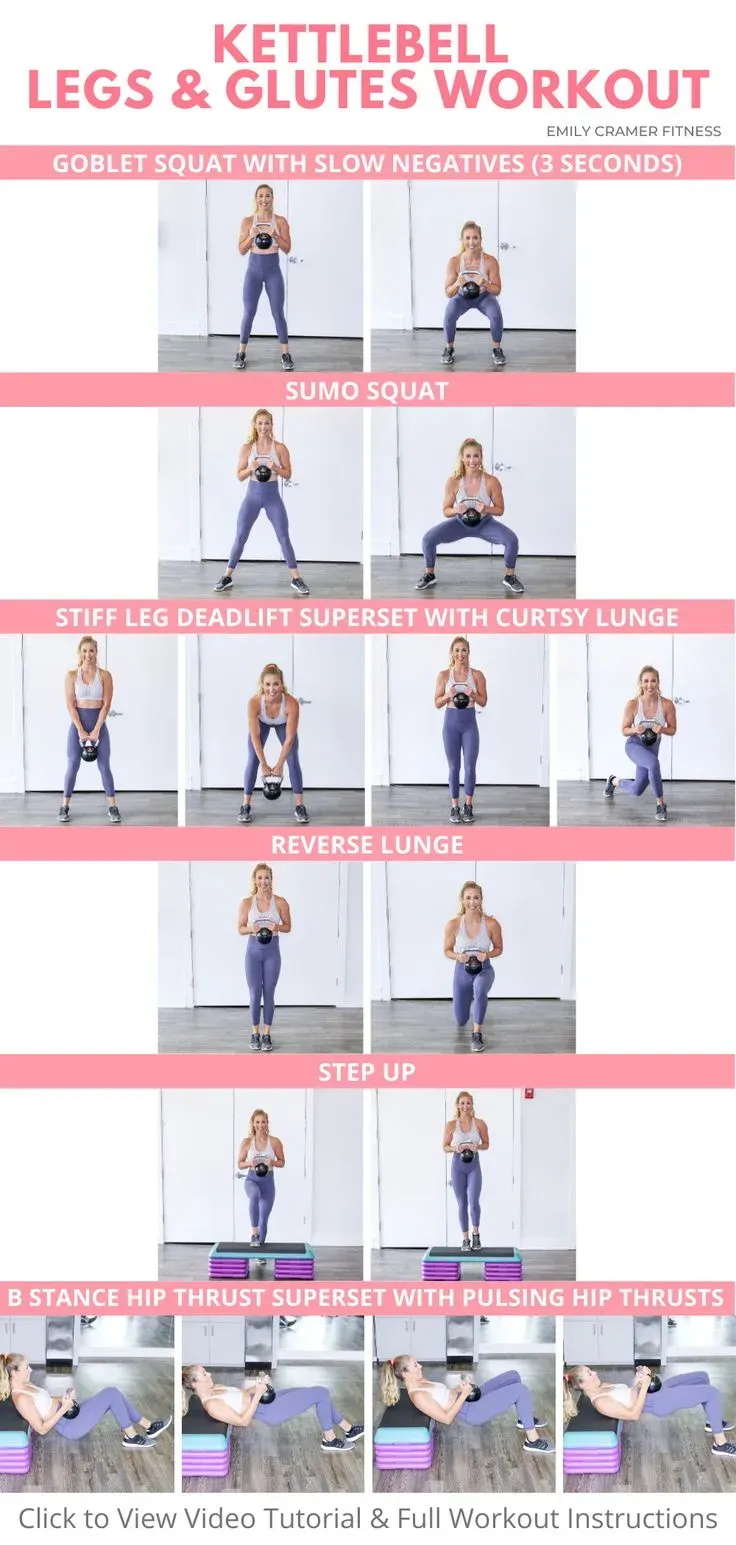
Why Use Kettlebells for Legs and Glutes?
Alright, so you're wondering why grab a kettlebell instead of just sticking to dumbbells or machines for your legs and glutes? Think about how a kettlebell is shaped. The weight isn't centered in your hand; it hangs below, which forces your stabilizing muscles, especially in your core and hips, to work overtime just to control the movement. This off-center load is fantastic for hitting those smaller muscles around your glutes and hips that often get ignored with traditional barbell or machine work. Plus, the dynamic nature of many kettlebell exercises, like swings or cleans (though we're focusing on foundational moves here), builds explosive power, which is super beneficial for everything from jumping to just getting out of a chair faster. That's a big part of why a dedicated Why Use Kettlebells for Legs and Glutes? approach makes so much sense – it’s functional strength wrapped in a neat, cannonball-with-a-handle package.
- Kettlebells challenge stability more than dumbbells.
- They engage core and hip stabilizers significantly.
- The off-center weight targets smaller, often neglected muscles.
- Kettlebells build functional strength and coordination.
The Core 4: Your Kettlebell Workout for Legs and Glutes
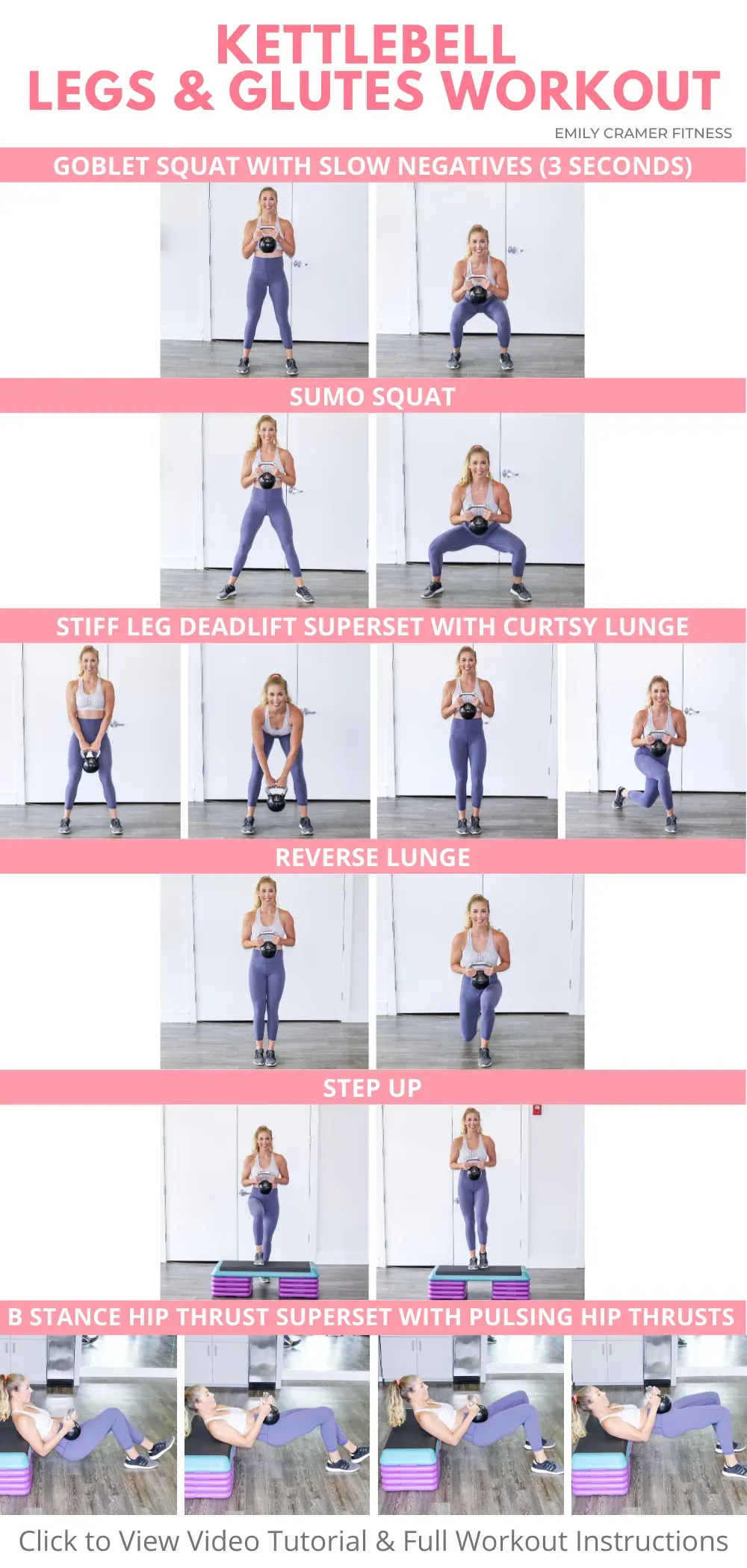
The Core 4: Your Kettlebell Workout for Legs and Glutes
Meet Your Go-To Kettlebell Leg and Glute Routine
Alright, let’s cut to the chase. You want strong legs and glutes without spending hours wandering around the gym floor. That’s where "The Core 4: Your Kettlebell Workout for Legs and Glutes" comes in. This isn't some overly complicated program with ten different exercises that require a PhD in biomechanics to understand. It’s a focused, effective routine designed to hit all the major muscle groups in your lower body using just one piece of equipment: the kettlebell. Think of it as your foundational blueprint for building a solid base of strength and muscle definition.
Why These Four Moves?
Why these specific four, you ask? Because they give you the biggest bang for your buck. They are compound movements, meaning they work multiple joints and muscle groups simultaneously. This efficiency is key when you're short on time but serious about results. We're talking about targeting your quads, hamstrings, and all three heads of the glutes (maximus, medius, and minimus). These aren't just random exercises; they're selected because they pair the unique loading challenge of the kettlebell with fundamental human movement patterns – squatting, hinging, and lunging – that are crucial for both gym performance and everyday life.
A good kettlebell workout for legs and glutes should feel challenging but achievable, hitting those deep muscle fibers without requiring circus-level acrobatics.
- Sumo Squat
- Elevated Goblet Squat
- Bulgarian Split Squat
- Romanian Deadlift
Putting the Core 4 into Practice
So, how do you actually do "The Core 4: Your Kettlebell Workout for Legs and Glutes"? The standard approach recommended by trainers like Miller Latvala involves doing 4 sets of 8 to 15 repetitions for each exercise. The key here is choosing a kettlebell weight that feels challenging by the last few reps of each set – you should feel the work, but not be failing completely. Rest adequately between sets, usually 60-90 seconds, to allow your muscles to recover enough to perform the next set with good form. Consistency is king here; showing up and doing the work is half the battle.
Breaking Down the Moves in Your Kettlebell Leg and Glute Routine
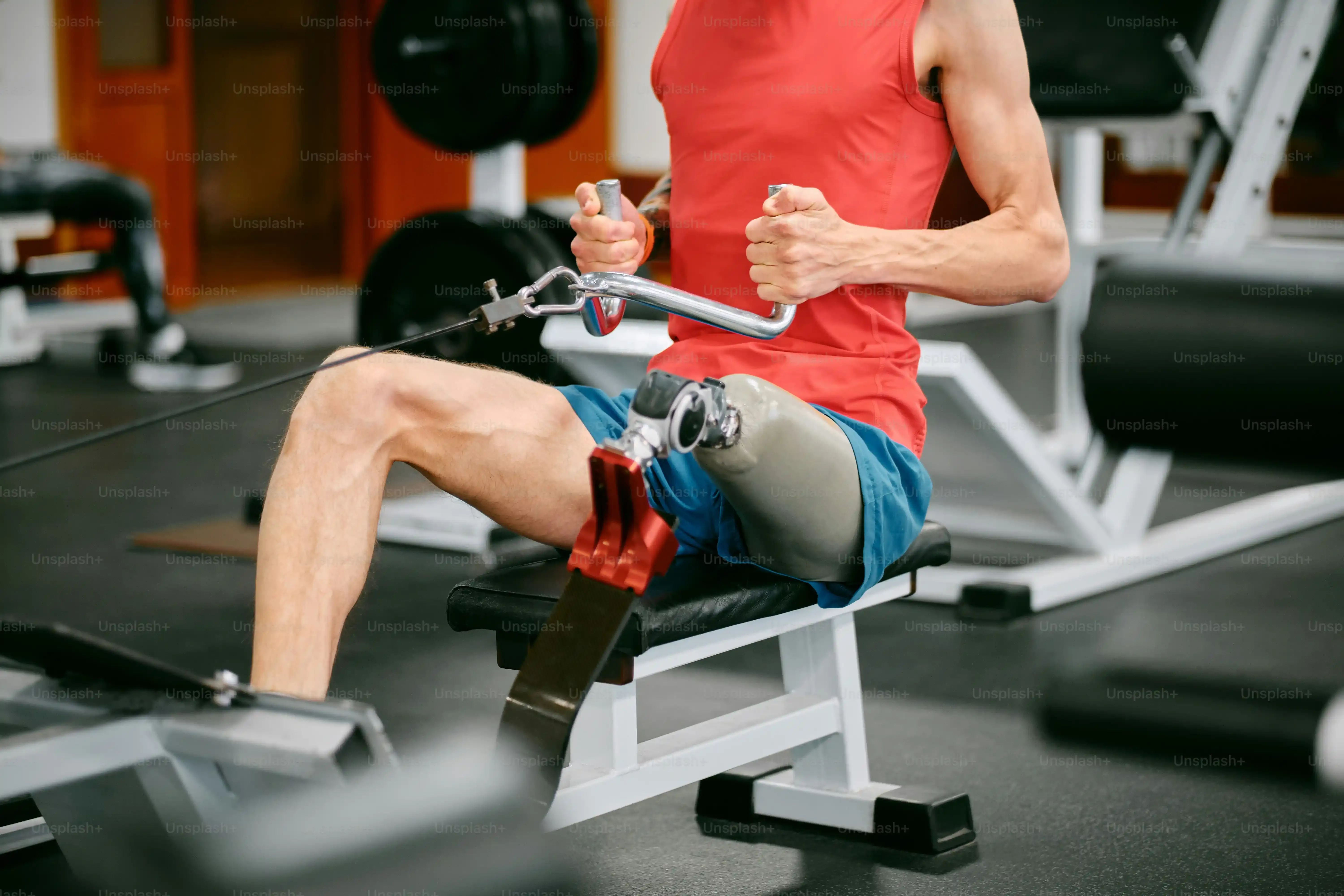
Breaking Down the Moves in Your Kettlebell Leg and Glute Routine
Sumo Squat and Elevated Goblet Squat Specifics
Alright, let's dive into the nitty-gritty of these movements. First up, the Sumo Squat. Imagine a sumo wrestler getting ready – wide stance, toes pointed out. Hold the kettlebell by the horns (the sides of the handle) or by the base. Keep your chest up, shoulders back. As you squat down, push your knees out over your toes, keeping your back straight. You want to feel this deep in your inner thighs and, crucially, your glutes. Don't just drop; control the descent. Drive back up through your heels, squeezing those glutes hard at the top. This wide stance really emphasizes the glute activation.
Next, the Elevated Goblet Squat. Grab a sturdy box, step, or plates about 4-6 inches high. Stand on it with your feet slightly wider than hip-width, toes maybe slightly out. Hold the kettlebell at your chest, like a goblet. Now, squat down *between* your legs, letting your hips drop below your knees. The elevation allows for a deeper range of motion, which is fantastic for glute and quad development and improving ankle mobility. Keep that chest tall and elbows inside your knees at the bottom. Push through your whole foot to stand back up.
Bulgarian Split Squats and Romanian Deadlifts Explained
Moving on to the Bulgarian Split Squat. This one's a killer, but oh so effective for sculpting individual leg strength and balance. You'll need a bench or sturdy surface behind you, about knee height. Stand a couple of feet in front of it, holding the kettlebell in the goblet position or at your side (goblet is often easier for balance initially). Place the top of one foot back on the bench. Now, keeping your torso upright, lower down on your front leg until your front thigh is parallel to the floor (or lower, if comfortable and controlled). Ensure your front knee tracks over your toes, not collapsing inward. Drive back up through your front heel. You'll feel this intensely in the front quad and the glute of the working leg. It's tough, but worth it.
Finally, the Romanian Deadlift (RDL). This targets the hamstrings and glutes like almost nothing else. Stand tall, feet hip-width apart, holding the kettlebell in front of your thighs with a slight bend in your knees. Now, here's the key: hinge at your hips, pushing your butt back as you lower the kettlebell down the front of your legs. Keep your back straight – imagine balancing a broomstick on your back. Don't round over! Only go down as far as you can maintain that straight back and feel a stretch in your hamstrings. It might be just below your knees. Squeeze your glutes and drive your hips forward to stand back up. It's a hinge, not a squat.
Ready to try these out? Here are some form pointers:
- Always brace your core before starting the movement.
- Control the weight; don't let it control you.
- Focus on feeling the target muscles work – mind-muscle connection is real.
- Keep your back straight, especially during squats and RDLs.
- Don't rush reps; quality over quantity always wins.
Making Your Kettlebell Leg Workout Work for You: Modifications
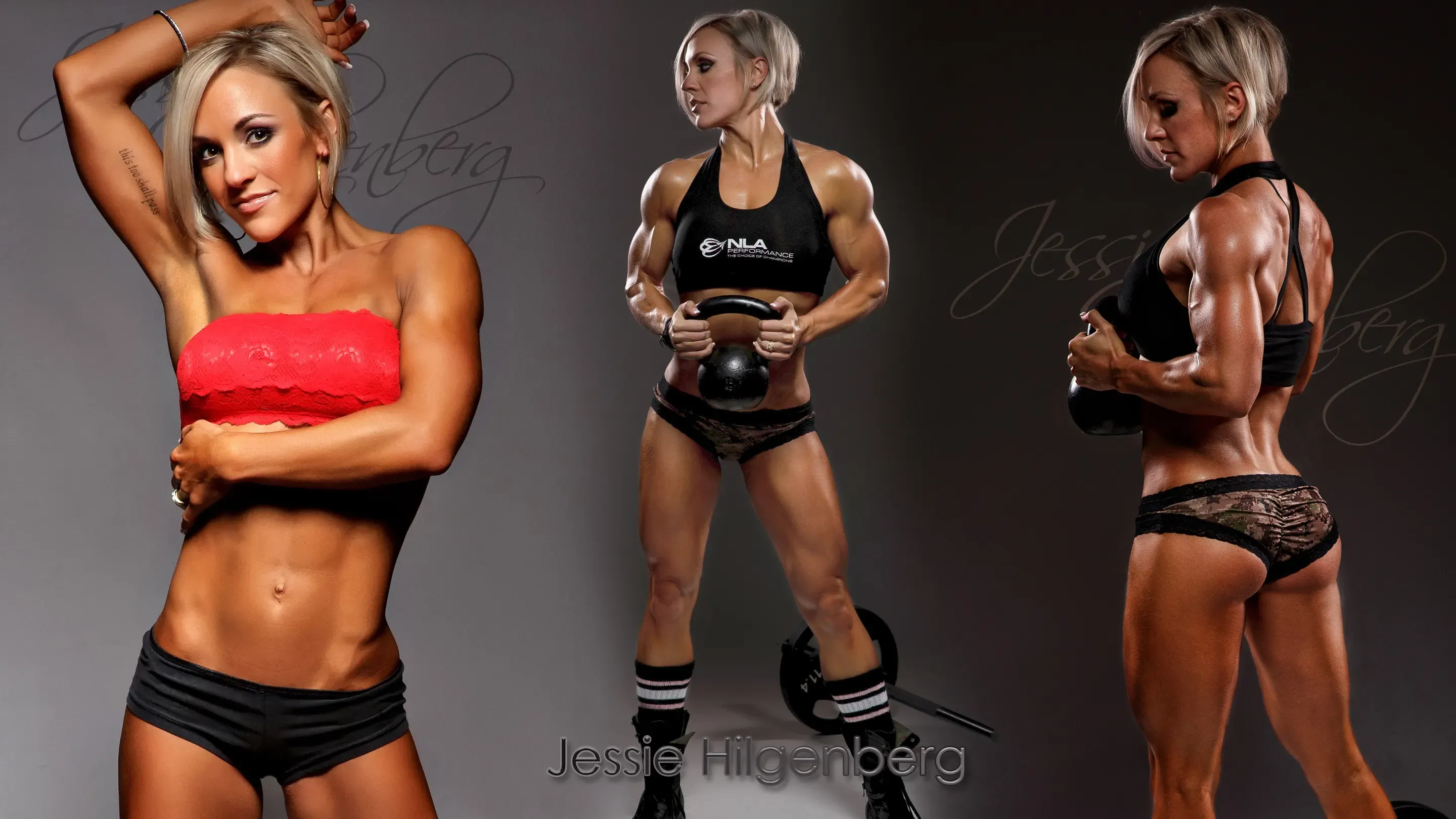
Making Your Kettlebell Leg Workout Work for You: Modifications
Starting Small: Don't Be a Hero (Yet)
so you've seen the moves, and maybe you're thinking, "There's no way I can do a Bulgarian split squat with a kettlebell." Or perhaps you're just starting out with weights, period. This is where the "Making Your Kettlebell Leg Workout Work for You: Modifications" part really shines. The beauty of this routine isn't just the exercises themselves, but how adaptable they are. Don't grab the heaviest kettlebell you can find and expect perfection on day one. That's a fast track to frustration or, worse, injury. Start light. Seriously light. Even doing these movements with no weight at all, focusing purely on form, is a fantastic starting point. You can use a lighter kettlebell, reduce the range of motion slightly if needed (though strive for full range eventually), or even reduce the number of sets or reps initially. Nobody's judging your starting point except maybe that voice in your own head, and you should tell it to pipe down.
Ready to Progress? Time to Turn Up the Heat
On the flip side, maybe you've been hitting this routine for a while and it's starting to feel a little... easy. That means it's time to ramp things up. Making Your Kettlebell Leg Workout Work for You: Modifications also means knowing when and how to increase the challenge. The most obvious way is to grab a heavier kettlebell. If you're hitting 15 reps comfortably on all sets, it's definitely time to go up in weight. Another method is increasing the reps (though generally staying within that 8-15 range is good for strength and hypertrophy). You could also add more sets, although 4 is usually plenty for this routine. Don't jump the weight too drastically; small increases over time are safer and more sustainable. Remember, the goal is to make the last few reps tough, not impossible.
How do you know it's time to increase the weight?
- You can easily complete all prescribed reps (e.g., 15) for all sets.
- Your form remains solid even on the last reps.
- The workout no longer feels challenging or creates muscle soreness the next day.
- You feel confident and controlled with the current weight.
Beyond Weight: Other Ways to Modify
Weight isn't the only lever you can pull when Making Your Kettlebell Leg Workout Work for You: Modifications. Tempo is a huge one. Try slowing down the eccentric (lowering) phase of the movement. For instance, take 3-4 seconds to lower into your squat or RDL. This increases time under tension, which is excellent for muscle growth. You could also pause at the bottom of a squat or at the stretched position in the RDL for a second or two. This eliminates momentum and forces your muscles to work harder from a dead stop. Reducing rest time between sets is another way to make the workout more metabolically challenging, adding a cardio element. Get creative, but always prioritize maintaining good form over making it harder with sloppy execution.
Beyond the Burn: Real Results from This Kettlebell Routine
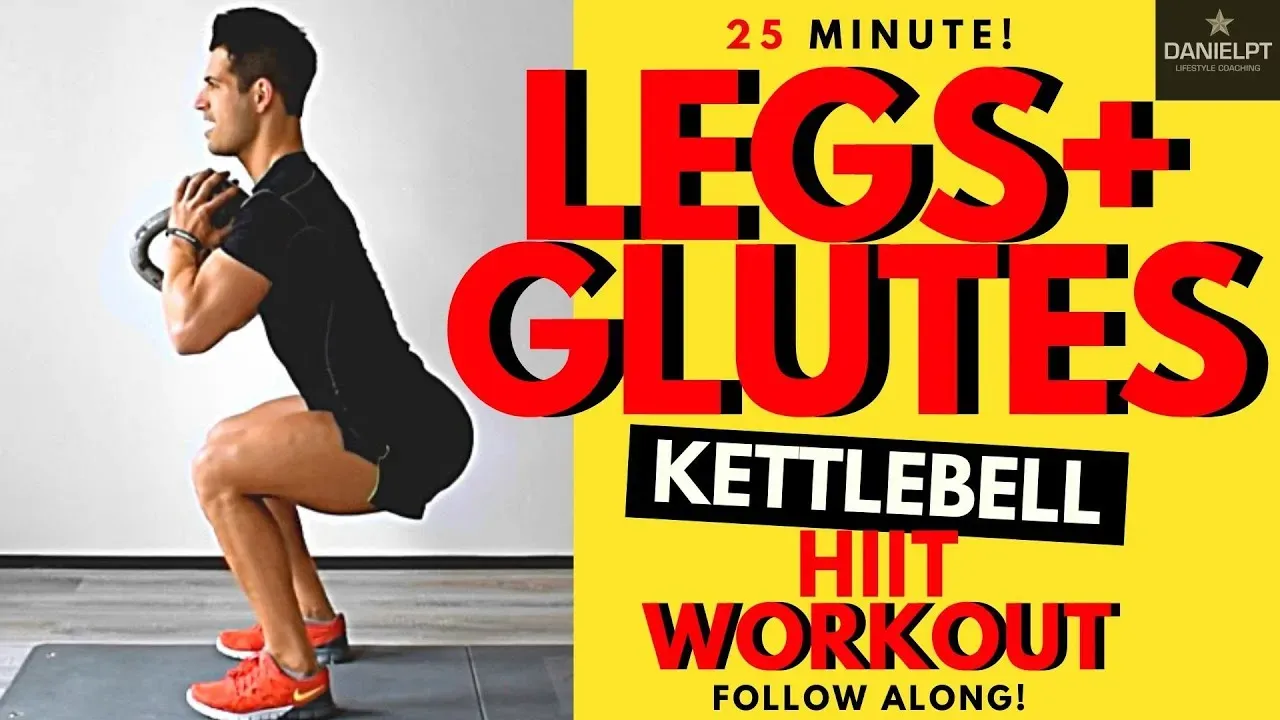
Beyond the Burn: Real Results from This Kettlebell Routine
Seeing the Payoff from Your Kettlebell Efforts
So you've put in the work, swung the iron, and maybe cursed my name during those Bulgarian split squats. You're probably wondering, " but what's the actual return on this investment in sweat and questionable coordination?" Beyond the immediate muscle soreness (which, let's be real, can be its own perverse reward), sticking with a consistent kettlebell workout legs and glutes routine delivers tangible results. We're not talking about overnight transformations fueled by magic beans. We're talking about building actual, usable strength in your lower body. Your jeans might start fitting differently around the thighs and glutes, but more importantly, everyday tasks get easier. Carrying groceries, climbing stairs, or even just getting up from a low couch require less effort when your legs and glutes are doing their job efficiently.
Consistency: The Unsexy Secret to Results
Results from any training program, including this kettlebell workout for legs and glutes, don't appear like a sudden lottery win. They accumulate through consistent effort over time. You won't see dramatic changes after one or two sessions. Think weeks and months, not days. Aim for hitting this routine 2-3 times per week, allowing for rest days in between. Proper nutrition and adequate sleep also play massive roles; you can't build muscle in a caloric deficit or when your body hasn't recovered. Progress might feel slow at times, plateaus happen, and that's normal. The key is showing up, maintaining good form, and gradually challenging yourself with heavier weight or more reps when the current load feels too easy.
What can you realistically expect if you stick with it?
- Increased lower body strength for lifting, jumping, and daily activities.
- Improved muscle tone and definition in quads, hamstrings, and glutes.
- Better balance and stability, especially during single-leg movements.
- Enhanced core strength due to the stabilizing demands of kettlebells.
- A noticeable feeling of power and control in your movements.
Functional Strength That Carries Over
The real beauty of a well-executed kettlebell workout for legs and glutes isn't just about aesthetics; it's about building functional strength that transfers to everything else you do. That robust hip hinge you develop from the RDL? It protects your lower back when you pick something heavy off the floor. The stability gained from Bulgarian split squats makes you more solid on your feet, reducing the risk of awkward stumbles. This isn't just about looking good in shorts; it's about moving better, feeling more capable, and building a resilient lower body that supports you through life's various demands, whether that's chasing after a bus or just standing for long periods without discomfort. The burn fades, but the strength you build with these simple tools sticks around.
Your Journey to Stronger Legs and Glutes
So there you have it. Forget spending hours hopping between machines hoping for a miracle. This simple, effective kettlebell workout for legs and glutes provides a direct path to building strength and tone where it counts. It's not magic, just smart training with a versatile tool. Stick with these fundamental moves, focus on form, and gradually challenge yourself with heavier weight. You'll feel the difference, and yeah, you'll probably see it too. Now go pick up that bell and get to work.